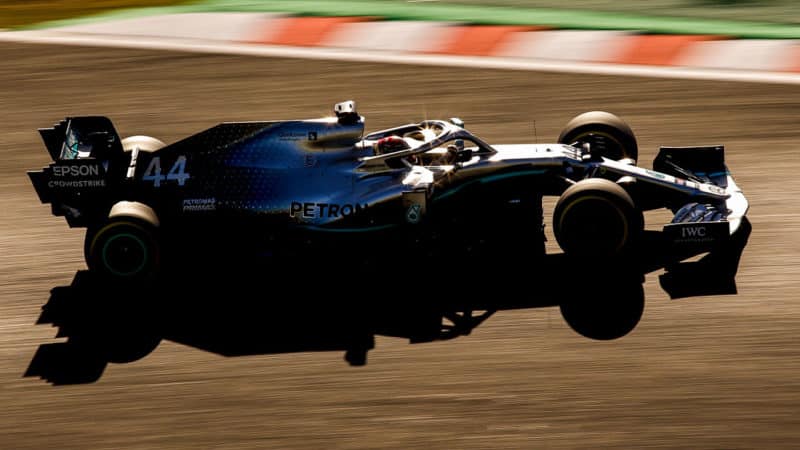Despite he and Red Bull being the form driver and team combination this year, this might not be easy. Though the Ferrari might struggle through the power sections, portions of the track – like the winding Esses, dependent on strong downforce – could help the F1-75 eke out an advantage over its RB18.
With sunshine and showers forecast across the weekend, we could be set for an exciting first Japanese race in an era of F1 where overtaking is easier, as highlighted by Ferrari’s Carlos Sainz.
“I think in the medium and high-speed it’s a huge improvement, and we can follow much closer, and especially with a corner like Turn 13-14, where you’ve got a lot of different lines possible, it should make overtaking much easier,” he said.
How many laps is the Japanese GP?
The Japanese GP consists of 53 laps, with a total race distance of 190 miles (307km) on a 3.6-mile (5.8km) circuit.
Lewis Hamilton holds the lap record at 1min 30.983sec, with this year’s cars expected to be 2.5-4sec a lap slower in dry conditions.
The track only has one DRS zone, which is detected near to the 130R corner then deployed on the start / finish straight.
However we could some games of DRS cat-and-mouse appear between competitors. If a driver were to let a closing rival ahead before the detection zone, they could then repass them using DRS on the main straight.
2022 Japanese GP session times
(All times BST)
| Friday 7 October | Saturday 08 October | Sunday 09 October | |
| F1 | Free Practice 1 – 4am Free Practice 2 – 7am |
Free Practice 3 – 4am Qualifying – 7am |
Grand Prix – 6am |

